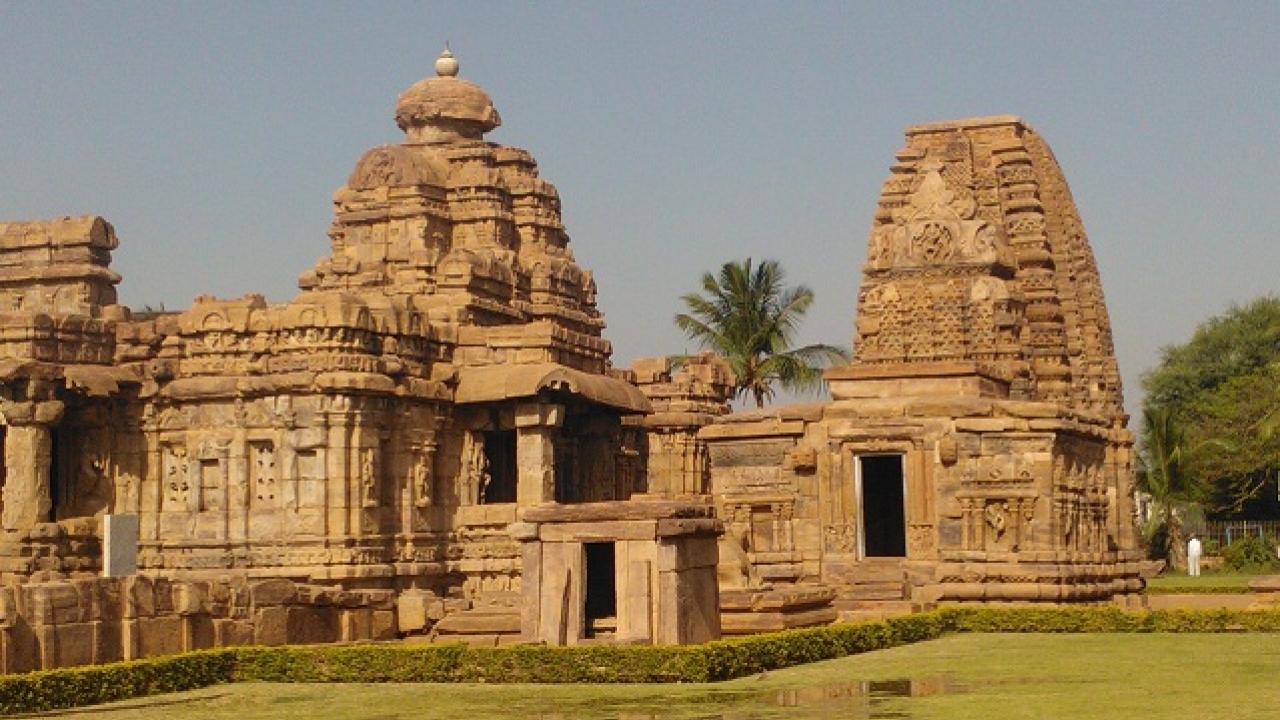Ancient Monuments and Archaeological Sites and Remains (Amendment) Bill
The AMASR Act was initially passed in 1958 for the purpose of preserving archaeological and historical monuments and sites, regulating excavations, and protecting sculptures, carvings and other objects. It prohibits construction activities in an area of 100 meters around protected monuments, which can be extended by the Central Government whenever and wherever it is required. The proposed amendment would enable the government to undertake public works (which is defined in the Bill) in these prohibited zones.
Why is AMSAR Act in News?
The Ancient Monuments and Archaeological Sites and Remains (AMASR) (Amendment) Bill is expected to be reintroduced in the second half of the Budget Session by the central government. It was first introduced in 2017, with amendments allowing the construction of public works in prohibited areas and the approval and impact assessment of such public works.
Key Features of the Act
The following are the important provisions included in the act
Construction in Prohibited Areas
According to the act, the prohibited areas are defined as those areas that are within 100 metres of the protected monument. The act gives powers to the central government to extend this area
Public Works
The act introduces the term called “Public Works”. This includes the construction of infrastructure as planned by the Government of India. The infrastructure should be in such a way that, it is essential to public safety and security.
Impact Assessment
The National Monument Authority should do an impact assessment before executing the public works. The authority shall conduct three types of impact assessments namely visual impact, archaeological impact, and heritage impact.
Background
The act was amended in 2010. It was this amendment that brought in the National Monument Authority.
Need for the amendment
The amendment to the act is being introduced because the act prohibits new construction within the monument. This is affecting the developmental works in the national monuments. The main objective is to amend Section 20A of the act that hinders development activities.
Month: Current Affairs - March, 2023
Category: Legal & Constitution Current Affairs


